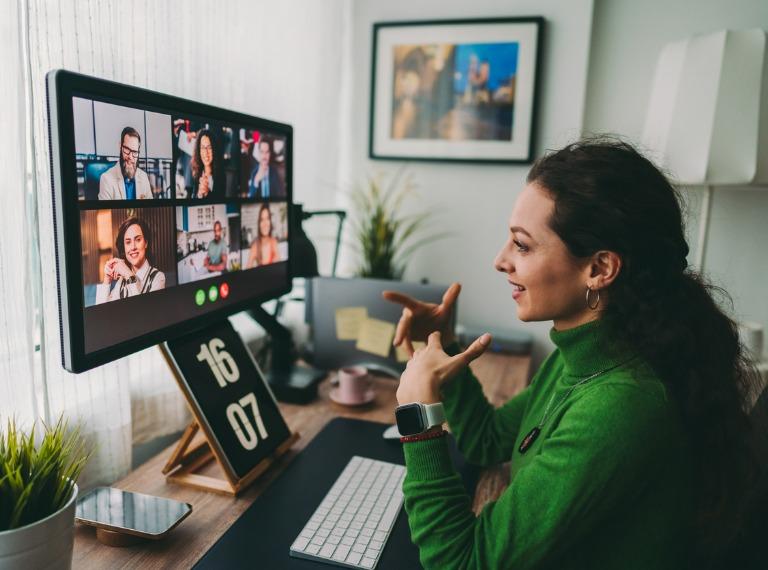Businesses in all sectors have been impacted by the coronavirus lockdown, with most of the UK workforce working remotely. Now, as the lockdown starts to ease, it’s time to think about returning to the offices we’ve been away from for months.
REED surveyed 1,340 senior business leaders to see how they were operating in these unprecedented times. When discussing their return to the workplace, three-quarters said they are taking a phased approach or were waiting on government advice for clarity, 20% are currently looking to get their workers back to the office as quickly as possible and 5% intend to wait until the virus had eased significantly.
The safety of employees will be paramount as they return to their place of work. Here are some steps you can take to ensure that the workplace is as risk-free as possible.
Risk assessment
The most important consideration when having your employees return will be to keep them safe. The lockdown is easing, but the pandemic is not yet gone. An agile approach to implementing any new measures is needed, to match any changes in government guidance.
Before you reopen, you must first complete a risk assessment. Gerard Hand, Company Director of GPH Safety, says this will require consulting your employees about their fears and concerns and adapting accordingly. Your employees must feel safe before they return, so they can work safely and effectively.
Hygiene
Ensure you deep clean the workplace before anyone comes back to work. Provide cleaning tools such as hand washing stations, hand sanitiser, wipes and any other disinfectant required.
Prohibit hot desking for the time being, as this can cause the virus to spread more widely – germs linger on keyboards, phones and anything else on a desk. It’s important that your employees know to clean their workspaces regularly throughout each day.
If you’re able to provide your workers with PPE, this would help employees maintain their peace of mind and protect others around them from transmission of the virus. Even with PPE, the best protection is that people shouldn’t be in close proximity to anyone else.
Social distancing
Social distancing is of course still necessary, so try to keep your employees as far apart as possible. While teamwork is always a good thing, the lockdown proves it doesn’t require your teams to be physically close together to work well with each other.
Provide your teams with their own designated working areas. If there’s not enough space, back-to-back or side-to-side working has been advised by the government, as an alternative to working face-to-face. You should have stickers, or barriers where possible, indicating where people can go and how far apart they need to be from one another.
Travel
Provide your workers with options to facilitate a safe commute. In order for them to avoid crowded public transport, offer them an earlier or later shift time – or some incentive for them to walk, drive or cycle to work.
Alternative options
Before the lockdown, freelance workers tended to rent their own office space or share co-working spaces with others. As remote working will likely stay prevalent, even after the pandemic is over, this could be a good consideration for employers to make. Not requiring attendance in a designated place of work, and hiring remotely, will allow you to broaden your search for the best talent and hire from anywhere. It will also save your business money on rent.
Government guidance currently states that anyone who can work from home should do so. As the lockdown continues to ease and businesses are gradually reopening, it’s time to think about preparing yours to reopen soon. Use official government guidance for more information, to understand how best to protect your workers.





